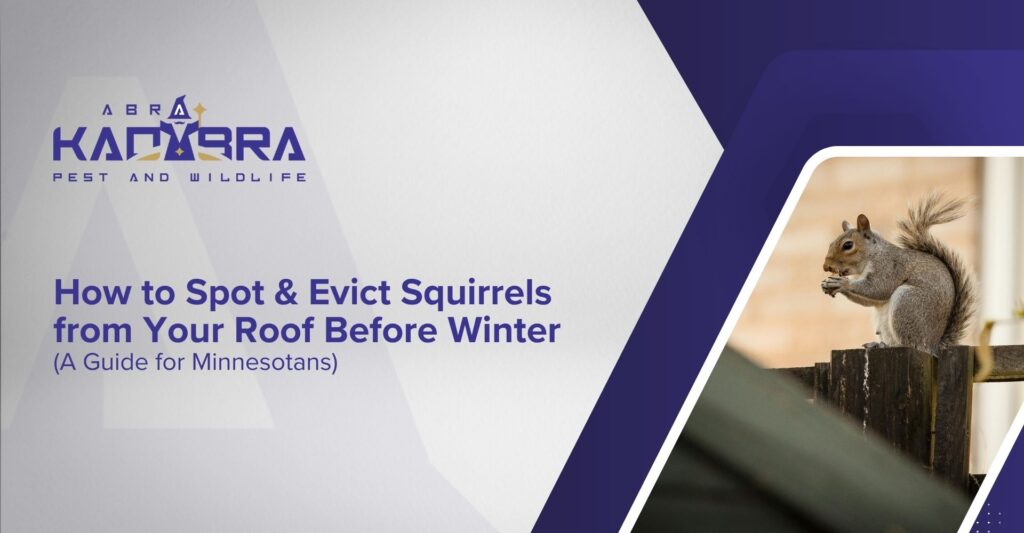Winter in Minnesota moves fast. Before the first heavy snowfall and the deep freeze sets in, squirrels start looking for warm, dry places to nest. These are on your roofline, soffits, attic, or chimney. When left unchecked, a squirrel problem can turn into chewed vents, shredded insulation, noisy nights, and health hazards that are expensive to repair. This guide walks you through how to spot squirrel activity, humane ways to evict them, and the Minnesota-specific steps to permanently animal-proof your home. If you want help, Abra Kadabra Environmental Services covers the Twin Cities and the surrounding metro — see our Squirrel Control & Removal page to request an inspection.
Why act before winter?
Squirrels are most motivated to find shelter as temperatures drop and food becomes scarce. If a pair of squirrels or a mother squirrel with young gets comfortable in your eaves or attic, the problem can escalate quickly: they gnaw to enlarge access holes, build nests from insulation and wiring (a fire risk), and leave droppings and odors that attract other pests. Proactive action now reduces damage, lowers repair costs, and avoids stressful late-season removals when babies may be present. Local wildlife resources emphasize preventing access and using exclusion rather than lethal control. Better Homes & Gardens+1
How to spot squirrels in the roof or attic
Keep an eye (and ear) out for these tell-tale signs — most homeowners notice at least one:
- Noises on the roof or in the attic — scurrying, scratching, or thumping, especially at dawn and dusk (squirrels are diurnal).
- Visible entry holes — small openings near soffits, roof vents, ridge lines, or where dormers meet the roof. Squirrels can start with a small gap and chew it wider. Abra Kadabra+1
- Fresh gnaw marks on wood, fascia, or vents; teeth marks are often clean and linear.
- Squirrel droppings in attic spaces or around entry points.
- Nest materials — piles of leaves, twigs, or shredded insulation in the attic.
- Birdseed or pet food disturbances — squirrels that feed near the house are more likely to explore structures.
If you suspect activity, perform a daylight exterior inspection from the ground with binoculars, then a careful check inside the attic (only if safe). If you’re unsure, schedule a professional inspection; trained technicians can spot small gaps and tell whether you’re dealing with tree squirrels or flying squirrels — the latter need different techniques. Abra Kadabra’s Wildlife Control page explains our inspection process. Abra Kadabra+1
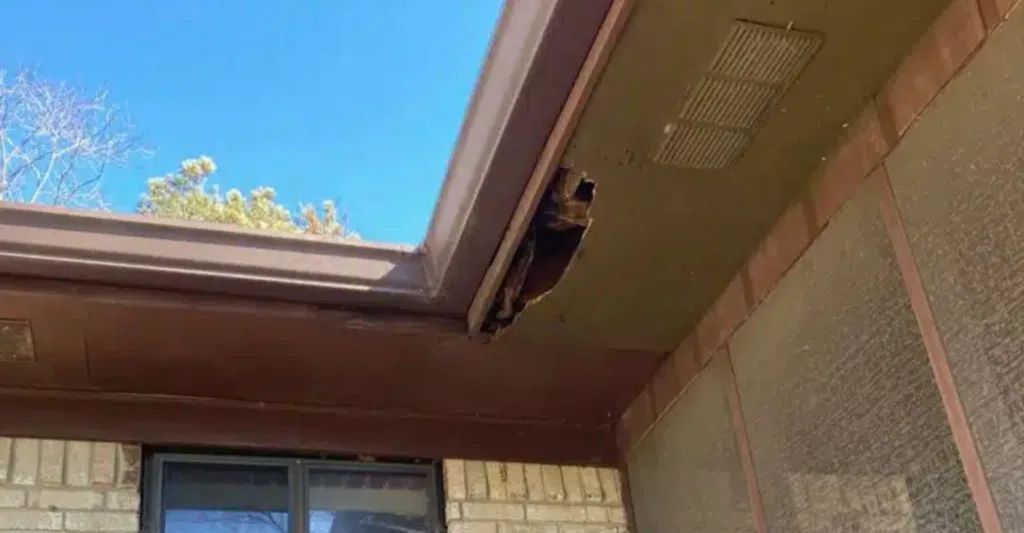
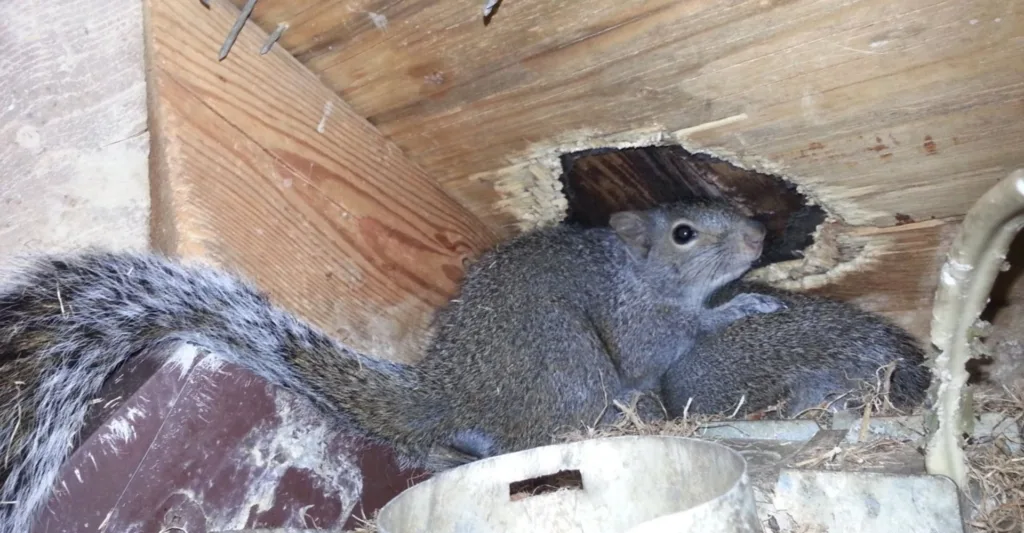
Squirrel Eviction, The Right Way
Minnesota and wildlife authorities recommend humane, non-lethal approaches and careful timing — especially when young may be present. Here’s a practical checklist:
- Confirm the species and whether young are present. Mothers will risk everything to get back to their babies. If kits are present, exclusion must be delayed until they are old enough to leave — typically late summer or early fall for tree squirrels. If you’re not certain, call a pro. Humane World for Animals+1
- Make the attic inhospitable (short term). Bright lights, radios, or motion lights in the attic can encourage adults to move out. Keep the attic accessible to the animals so they can leave on their own. Do NOT seal the entry before you’re confident all animals are out. The Spruce
- Use one-way exclusion devices where appropriate. These allow animals to exit but prevent re-entry. They are effective for tree squirrels when used properly and monitored for a few days. Professional installation is recommended to ensure no animals are trapped inside. Better Homes & Gardens
- Remove attractants. Securely store birdseed, pet food, and outdoor compost; keep trash cans sealed. Trim tree limbs at least six feet from the roof so squirrels can’t jump onto eaves. Better Homes & Gardens+1
- Repair and seal permanently after exclusion. Replace chewed vents and rotten fascia with durable materials — metal flashing or ¼-inch hardware cloth are common choices. Seal gaps at soffits, rooflines, and vents; screen chimney openings or install a chimney cap. Once sealed, monitor for any signs of reattempted entry. Humane World for Animals+1
Minnesota rules & safety: what you need to know
Minnesota has regulations and recommended practices for handling nuisance wildlife. If you remove or take a protected animal, you may be required to notify a conservation officer; rules and requirements differ by species and method. It’s wise to consult the Minnesota DNR guidance on living with nuisance animals and, when in doubt, call a licensed wildlife professional who knows state rules. Minnesota DNR+1
Long-term exclusion & home repairs that actually work
Permanent fixes are the difference between “problem solved” and repeat service calls. Prioritize:
- Metal flashing and galvanized mesh on all vulnerable roofline junctions and soffits. Squirrels can chew wood — they can’t chew metal. Humane World for Animals
- Secure attic and roof vents with screws and a durable metal screen. Replace damaged vent covers promptly. minnesotawildanimalmanagement.com
- Chimney caps and spark arrestors to prevent entry and reduce fire hazards.
- Prune trees and remove easy access points — trim branches at least six feet from the house to reduce jumping pathways. Local landscaping experts at the University of Minnesota Extension emphasize physical barriers and habitat modification as the most reliable prevention tactics. extension.umn.edu
If your home has rot or water damage that created soft entry points, fixing the underlying moisture problems is essential — wildlife exploits structural weaknesses.
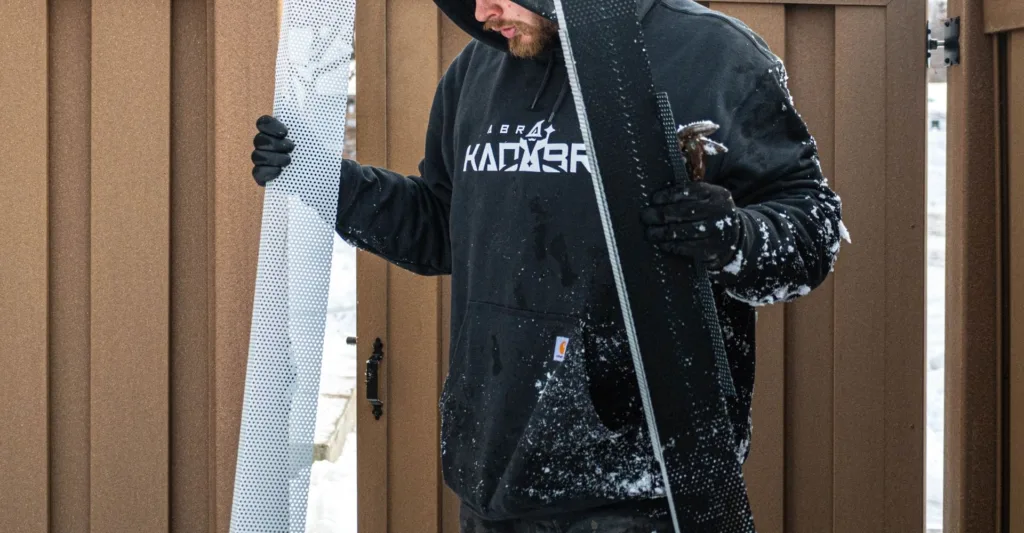
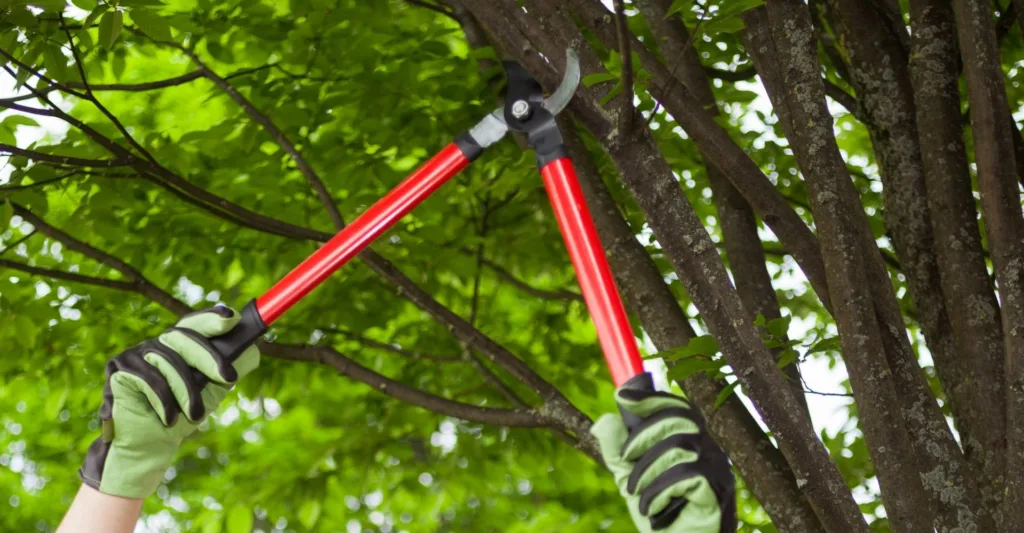
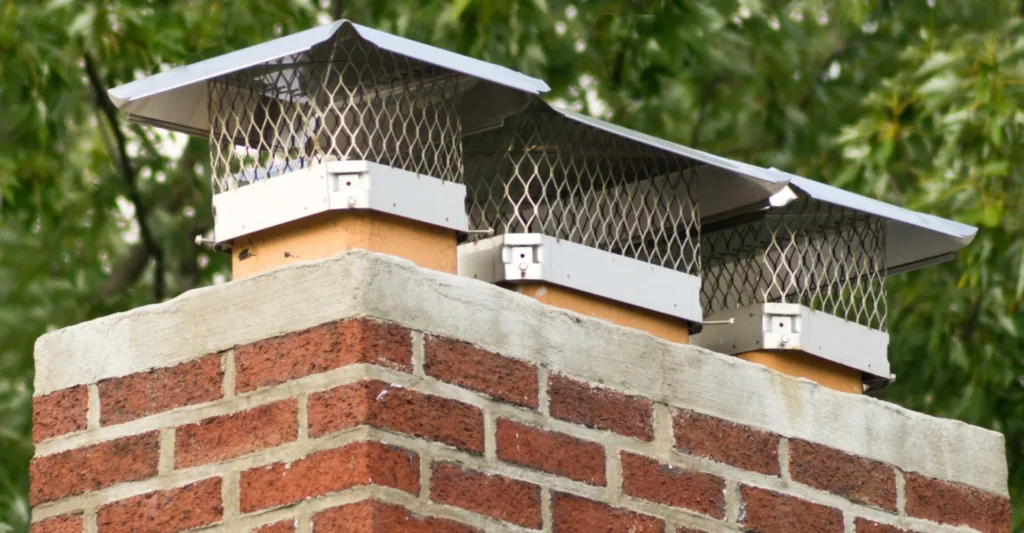
Flying squirrels vs. tree squirrels — different pests, different fixes
Minnesota is home to both gray/red (tree) squirrels and southern flying squirrels. Flying squirrels are nocturnal and may be noticed by nighttime sounds and droppings. They often require different inspection and exclusion methods because they can enter through smaller gaps and move between trees and roofs more stealthily. Abra Kadabra’s page on Familiarizing Flying Squirrels in Minneapolis Areas covers identification and targeted approaches. Abra Kadabra
DIY vs. professional removal: when to call Abra Kadabra
DIY methods (noise, lights, temporary repellents) can help in early, small incidents — but there are several reasons to call a professional:
- Risk of trapping young animals inside if exclusion is poorly timed.
- Hidden structural damage that requires repair (chewed wiring, water damage, insulation replacement).
- Health and safety — droppings, parasites, and potential disease exposure require proper cleanup.
- Legal compliance and humane handling — professionals know local regulations and best practices.
If you prefer a professional inspection and humane exclusion, request a quote for squirrel removal in the Minneapolis area or call Abra Kadabra’s local office. Our technicians handle humane live-capture and exclusion, damage repair recommendations, and follow-up sealing to keep squirrels out for good. Abra Kadabra+1
What to expect during a professional service visit
A reputable wildlife tech will:
- Inspect your attic, eaves, roofline, and trees. (They’ll look for entry points, nesting sites, droppings, and damage.)
- Identify species and presence of young.
- Install temporary one-way exclusion or live traps if appropriate and legal.
- Monitor for activity and remove any animals humanely.
- Repair or recommend repairs for entry points and structural damage, often using metal flashing and hardware cloth.
- Sanitize and repair attic spaces as needed to address droppings and nesting materials.
Abra Kadabra offers municipal and residential wildlife work across the Twin Cities — see our Municipal Wildlife Control & Removal page if you manage multi-unit or community properties. Abra Kadabra
Seasonal timeline — what to do and when
- Late summer (Aug–Sep): Good time to inspect and seal after young have dispersed.
- Early fall (Sep–Oct): Begin removal efforts if you’re sure no young remain. Use exclusion devices and repair openings.
- Late fall–winter: If animals are present and young are likely, removal becomes sensitive; prioritize professional help. Preventative repairs are still valuable to block future entry. Local timing can vary — in Minnesota, act early rather than late once temperatures drop. The Spruce
Final checklist before winter arrives
- Inspect roofline and soffits for gaps.
- Trim branches 6+ feet from the house.
- Secure vents, chimney caps, and attic access.
- Remove food attractants (birdseed, open compost, pet food).
- Schedule a professional wildlife inspection if you hear noises or find evidence of squirrels.
Need help in Metro Minneapolis?
If you hear scurrying overhead, see chewed vents, or suspect squirrels in your attic, don’t wait for winter to worsen the problem. Abra Kadabra Environmental Services provides humane squirrel removal, exclusion, and repair across the Twin Cities — learn more and request a home inspection for squirrel control. We combine humane wildlife practices with permanent exclusion work so you can sleep soundly through a Minnesota winter.

